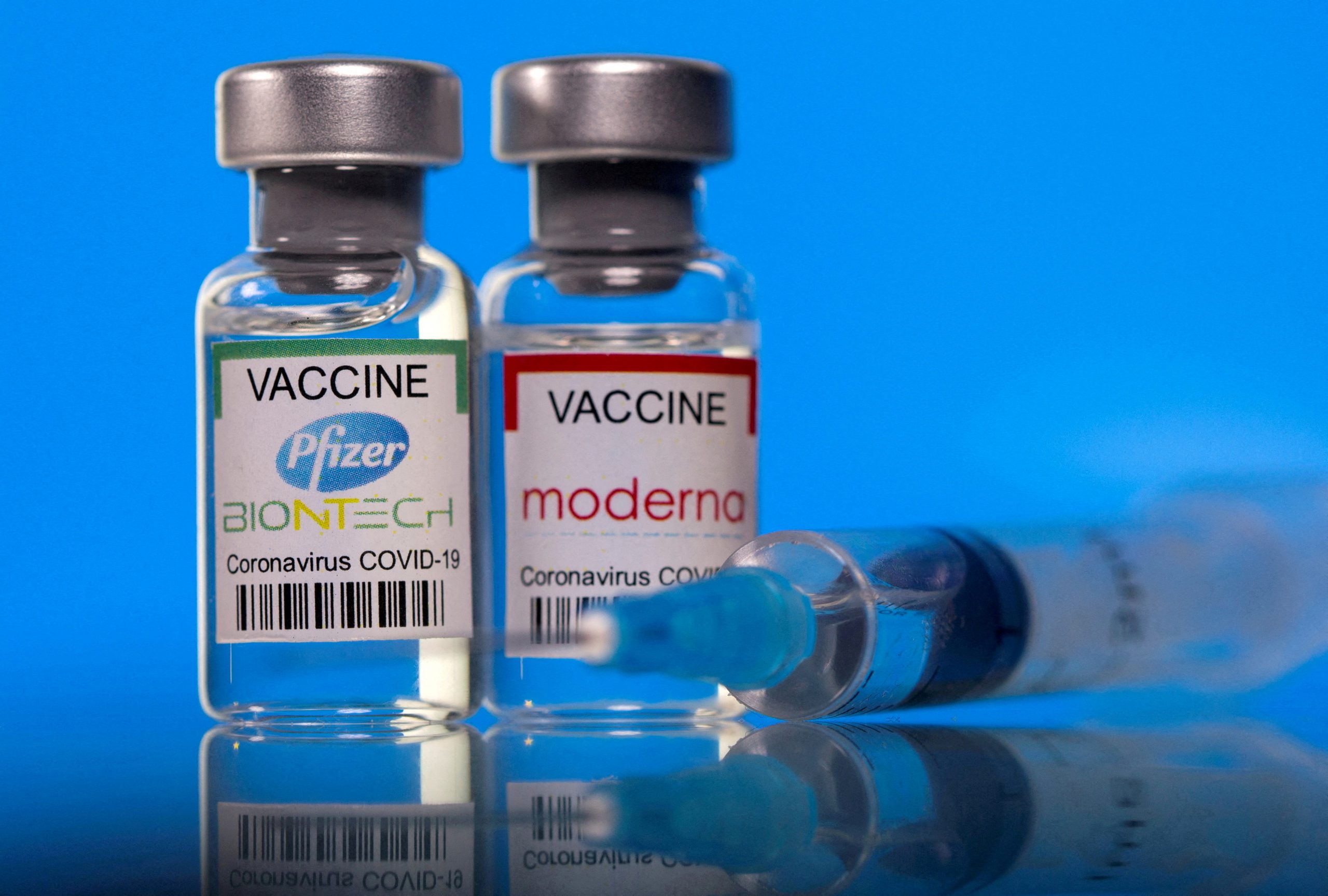
Lauren Moye, FISM NEWS
[elfsight_social_share_buttons id=”1″]
The Center for Disease Control (CDC) finally added missing data about COVID-19 infections and vaccinations, and the results would have been important to colleges and students just a few months ago. CDC data shows the efficacy of full vaccination for ages 18-49-year-olds did not warrant a booster requirement for this age group.
The CDC finally updated their available data on the performance of vaccines and boosters on Feb. 17, adding valuable details to what a recent New York Times article called “the most glaring omissions in data” among Americans aged 18 to 49. Writer Apoorva Mandavilli noted withheld information made it difficult for state and local officials to make appropriate and well-researched decisions when setting pandemic policies.
The same holds true for colleges, many of which required students to receive a COVID-19 booster shot before beginning the January 2022 school term. The data, however, shows this was an unnecessary step taken because full vaccination by itself was already effective protection against the virus.
When you consider the death rate for this age group, there is almost no discernable difference between the fully vaccinated and those who took the third shot. Out of a population of 100,000, the CDC shows almost a flat line that varies with less than 1/10th of a percentage difference between the two groups. On many weeks, there is a mere 1/100th of a percentage difference.
So why was this data not reported earlier? According to NYT, CDC spokeswoman Kristen Nordlund said the data “was not yet ready for prime time” and that the agency’s goal was to provide data that was “accurate and actionable.”
However, Mandavilli wrote, “The agency has been reluctant to make those figures public, the [anonymous federal] official said, because they might be misinterpreted as the vaccines being ineffective.” Nordlund was also reported as making a similar comment.
However, by withholding data the CDC passively controlled the health narrative, resulting in businesses and colleges making different decisions than they would have otherwise. This also means that students’ own medical freedom was pitted against a desire for higher education and undertook a greater risk of heart inflammation but gained very little protection as a result of the booster.
Even when considering infection rates among the two different populations, the statistical difference between the categories would not have justified colleges enforcing boosters for their student populations. Beginning in September 2021 through November, there was very little statistical difference in infection rates between fully vaccinated young adults and those who undertook the third shot. This difference was often 40-to-50 more cases per 100,000 individuals in the non-booster group.
Even after the Omicron-variant picked up momentum in mid-December and January, long after colleges made their decisions, the spikes in the data between populations are nearly parallel. At the widest gap recording the week of Jan. 8, the young adult population who took boosters showed an infection rate of 1267.35 per 100,000 compared to 1875.07 per 100,000 in the fully vaccinated but non-booster group.
The NYT article also covered other gaps in CDC’s COVID data, like wastewater research and hospitalizations, noting that this missing information impeded officials from responding appropriately to control the pandemic.
Jessica Rivera, an epidemiologist with COVID Tracking Project, warned that scientists “are at a much greater risk of misinterpreting the data with data vacuums.” She added that more available data “builds public trust, and it paints a much clearer picture of what’s actually going on.”
Dr. Paul Offit, a vaccine expert with the Food and Drug Administration, agreed. He told NYT, “Tell the truth, present the data. I have to believe that there is a way to explain these things so people can understand it.”
Both Rivera and Offit are notable proponents of COVID-19 vaccination who freely advocate for full vaccination on their social media. But their statements hint at a greater concern, that of an American population that is growing more disillusioned and distrustful of the government agencies who, by appearances, are advocating for more vaccines whether they are necessary or not.
